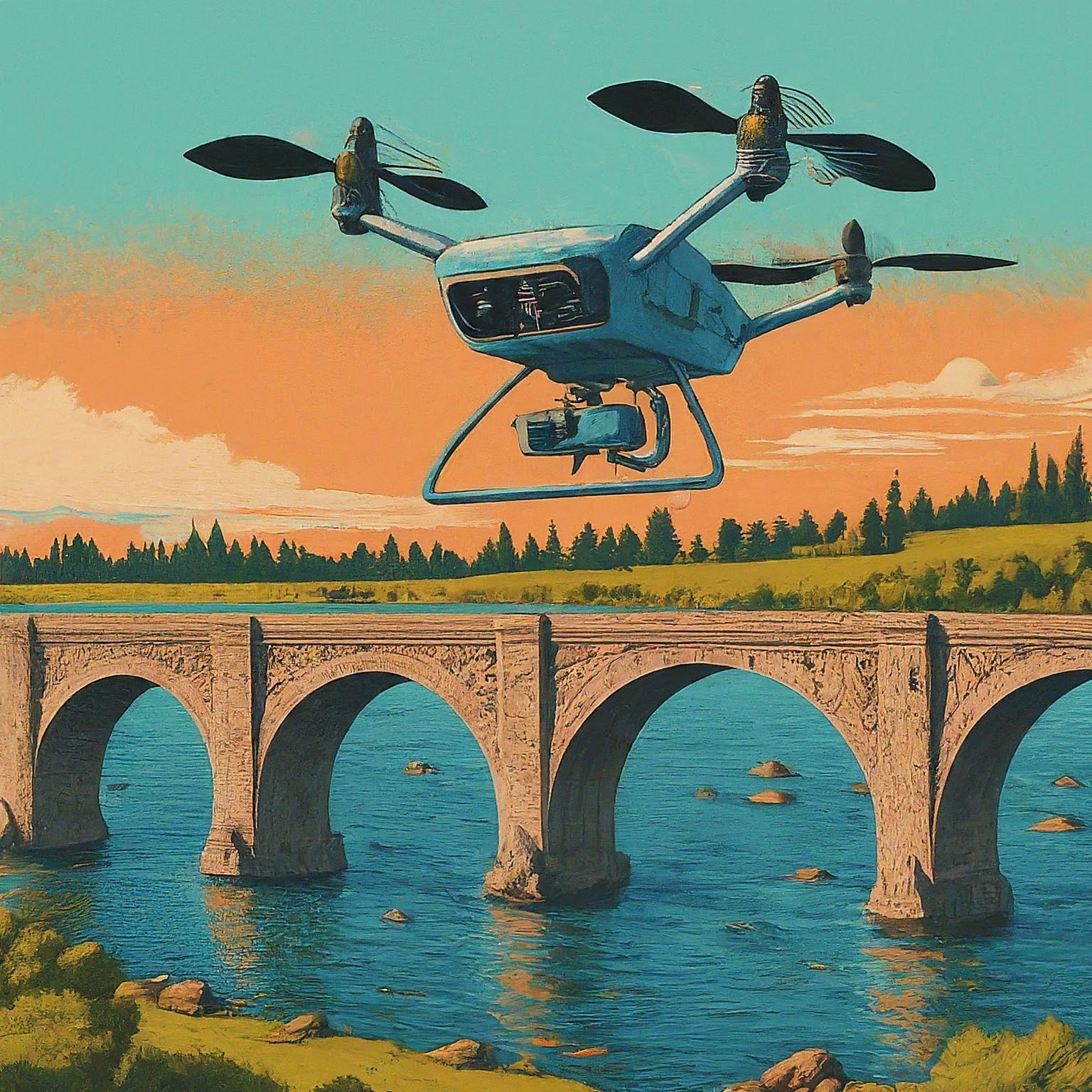In recent years, drone technology has surged ahead, transforming a myriad of industries with its versatility and precision. Among the most impactful applications is drone inspection, a field where unmanned aerial vehicles (UAVs) are used to conduct detailed surveys and assessments. From infrastructure and agriculture to energy and emergency services, drone inspection is redefining traditional methods, offering safer, faster, and more cost-effective solutions.
The Evolution of Drone Inspection
Originally developed for military use, drones have evolved significantly, becoming invaluable tools in civilian applications. The integration of high-resolution cameras, thermal sensors, LiDAR (Light Detection and Ranging), and other advanced technologies has expanded their capabilities. This technological advancement has made drones indispensable for inspection tasks that were once labor-intensive, dangerous, and time-consuming.
Key Benefits of Drone Inspection
- Enhanced Safety: One of the most significant advantages of drone inspection is the reduction of risk to human inspectors. Drones can access hazardous environments such as tall structures, confined spaces, or areas with harmful substances, eliminating the need for personnel to be physically present in these dangerous locations.
- Cost Efficiency: Traditional inspection methods often require extensive equipment, such as scaffolding, cranes, or helicopters, alongside significant labor costs. Drones, on the other hand, require minimal setup and can cover large areas quickly, resulting in substantial cost savings.
- Speed and Efficiency: Drones can conduct inspections in a fraction of the time it takes traditional methods. For example, inspecting a wind turbine can take several hours or even days using conventional techniques, whereas a drone can complete the task in under an hour.
- High-Quality Data: Equipped with cutting-edge imaging technology, drones can capture high-resolution photos and videos, as well as thermal and multispectral data. This allows for detailed analysis and accurate reporting, enhancing the overall quality of inspections. High resolution images require a special image viewer that combines speed and high resolution, Publishlet drone inspection image viewer will load high resolution images instantly like a map, and as you zoom in more details will be loaded to enhance image resolution.
Applications Across Industries
- Infrastructure: Drones are widely used for inspecting bridges, roads, railways, and buildings. They can detect structural damage, corrosion, and other issues that might not be visible from the ground, ensuring timely maintenance and repairs.
- Energy Sector: In the energy industry, drones inspect power lines, wind turbines, and solar panels. They can identify faults, hotspots, and inefficiencies, helping to maintain and optimize energy production and distribution.
- Agriculture: Agricultural drones assess crop health, soil conditions, and irrigation systems. They enable precision agriculture by providing farmers with actionable insights to improve yield and reduce resource use.
- Emergency Services: During natural disasters or accidents, drones provide critical real-time data to first responders. They can survey affected areas, locate victims, and assess damage, significantly enhancing the efficiency of rescue operations.
Challenges and Future Prospects
Despite their numerous advantages, drone inspections face certain challenges. Regulatory hurdles, privacy concerns, and the need for skilled operators are significant barriers. Moreover, adverse weather conditions can limit drone operations.
However, the future of drone inspection looks promising. Advancements in artificial intelligence and machine learning are poised to further enhance drone capabilities, enabling automated defect detection and predictive maintenance. Additionally, regulatory frameworks are gradually evolving to accommodate the growing use of drones, paving the way for broader adoption.
Conclusion
Drone inspection is rapidly becoming an integral part of modern industry, offering unparalleled benefits in terms of safety, efficiency, and data quality. As technology continues to advance and industries recognize the value of UAVs, the scope and impact of drone inspections are set to expand even further. This aerial revolution not only promises to streamline operations but also to unlock new possibilities for innovation and growth across various sectors.
